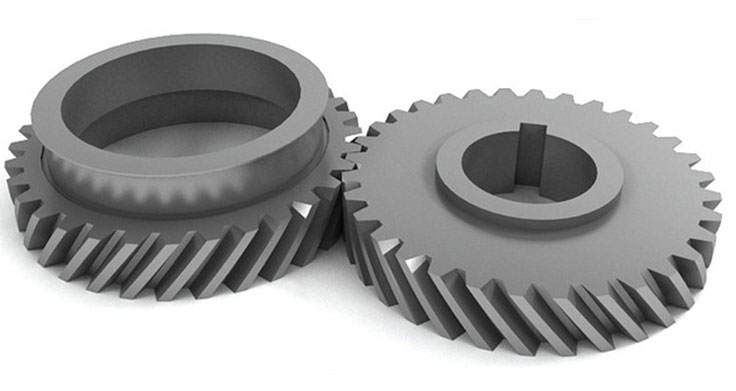
Material selection plays a critical role in determining the strength and durability of helical gears. The choice of material directly affects the gear’s ability to withstand the applied loads, resist wear, and maintain dimensional stability over time. Here are the key factors to consider when selecting materials for helical gears and their influence on gear strength and durability:
1. Load-Carrying Capacity:
- The material’s ultimate tensile strength and yield strength are crucial in determining the gear’s load-carrying capacity. Gears experience varying loads during operation, and the material must be able to handle these loads without deformation or failure.
2. Fatigue Resistance:
- Gears undergo repetitive loading cycles during operation, leading to fatigue failure if the material is not capable of withstanding these cyclic stresses. Materials with high fatigue resistance are essential to ensure the gear’s durability and long service life.
3. Wear Resistance:
- The ability of the gear material to resist wear is critical for maintaining precise tooth profiles and preventing tooth surface damage during prolonged operation. High wear resistance prolongs gear life and reduces the need for frequent replacements.
4. Hardness:
- Material hardness affects the wear resistance and contact stress distribution on gear teeth. Harder materials generally exhibit better resistance to abrasive wear and surface fatigue.
5. Ductility and Toughness:
- Gears are subject to impact loads and occasional shock loads during operation. Materials with good ductility and toughness can absorb and dissipate energy, reducing the risk of sudden failure due to shock loading.
6. Machinability:
- The ease with which a material can be machined into complex gear shapes is an important consideration for cost-effective gear production. Materials with good machinability result in efficient manufacturing processes.
7. Corrosion Resistance:
- Gears operating in harsh environments or exposed to corrosive substances may require materials with high corrosion resistance to maintain gear integrity and prevent premature failure.
8. Temperature Resistance:
- Gears in high-temperature applications require materials that can maintain their mechanical properties and dimensional stability under elevated temperatures.
9. Cost Considerations:
- Material selection must also take into account the overall cost of the gear. While some high-performance materials offer excellent properties, they might be more expensive, making cost-effectiveness an essential factor.
Common materials used for helical gears include various grades of alloy steels, carbon steels, and stainless steels. Alloy steels, such as 8620, 4140, and 4340, are popular choices for their balanced combination of strength, toughness, and fatigue resistance. Carburizing and heat treatment processes are often applied to enhance the surface hardness and wear resistance of gear materials.
When selecting a material for helical gears, it is essential to consider the specific requirements of the application, the applied loads, operating conditions, and the desired gear life. Material properties should align with the gear’s intended use to ensure optimal strength, durability, and overall gear performance. Collaborating with materials experts and following industry standards and guidelines can help in making informed material selection decisions for helical gears.
